Home>Furniture & Design>Interior Design Trends>How To Remove Etching From Glass
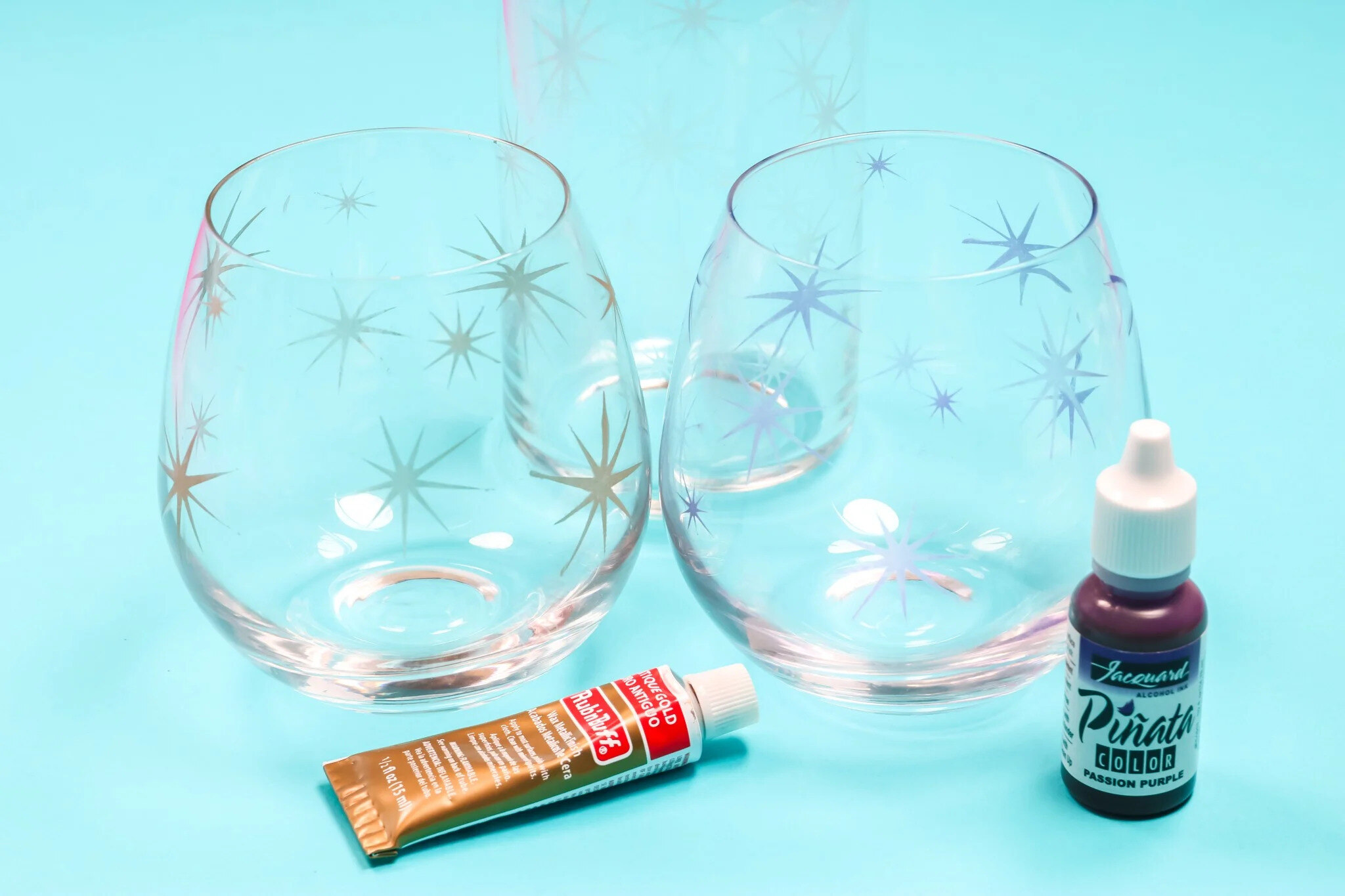

Interior Design Trends
How To Remove Etching From Glass
Published: February 3, 2024
Learn effective techniques for removing etching from glass and enhancing your interior design with the latest trends. Discover expert tips and tricks for achieving flawless glass surfaces.
(Many of the links in this article redirect to a specific reviewed product. Your purchase of these products through affiliate links helps to generate commission for Storables.com, at no extra cost. Learn more)
Introduction
Glass etching, a process that creates decorative designs or patterns on glass surfaces, can add an elegant touch to windows, mirrors, and glassware. However, over time, these etched surfaces may become dull or develop a hazy appearance due to various factors such as hard water stains, mineral deposits, or improper cleaning techniques. This can diminish the aesthetic appeal of the glass and prompt the need for effective solutions to restore its clarity and luster.
In this comprehensive guide, we will explore various methods for removing etching from glass, ranging from commercial glass cleaners to do-it-yourself (DIY) remedies. Whether you're dealing with etched glass windows, shower doors, or glassware, understanding the underlying causes of the etching and the appropriate removal techniques is essential for achieving optimal results.
By delving into the intricacies of glass etching and the diverse approaches for addressing this issue, you will gain valuable insights into preserving the pristine appearance of your glass surfaces. Whether you're a homeowner, a business owner, or a DIY enthusiast, this guide will equip you with the knowledge and techniques necessary to effectively tackle glass etching and restore the natural brilliance of your glass items.
Let's embark on this journey to uncover the best practices for removing etching from glass, empowering you to revitalize your glass surfaces and uphold their timeless allure.
Key Takeaways:
- Restore glass clarity with commercial cleaners designed to dissolve stubborn residues, offering a practical and potent solution for removing etching from glass surfaces.
- DIY remedies using common household ingredients like baking soda and vinegar provide a hands-on approach to combat mild etching, empowering individuals to revitalize glass items with ease and confidence.
Understanding Glass Etching
Glass etching is a process that alters the surface of glass to create decorative designs, patterns, or textures. This technique involves using abrasive, acidic, or caustic substances to create a frosted appearance on the glass, resulting in an aesthetically pleasing and unique finish. Etching can be achieved through various methods, including sandblasting, chemical etching, or engraving, and is commonly employed in the creation of decorative glassware, windows, mirrors, and architectural elements.
The etching process involves the removal of a thin layer of the glass surface, resulting in a matte or frosted appearance. This alteration in the glass texture and transparency allows for the creation of intricate designs and patterns, adding a touch of elegance and sophistication to the glass surface. Whether it's intricate floral motifs on glass vases or geometric patterns on glass doors, etching offers a versatile means of enhancing the visual appeal of glass items.
However, despite its decorative appeal, glass etching is susceptible to certain issues that can detract from its original beauty. Over time, etched glass surfaces may become marred by hard water stains, mineral deposits, or environmental contaminants, leading to a cloudy or hazy appearance. These blemishes can compromise the clarity and brilliance of the glass, necessitating the need for effective removal methods to restore its pristine condition.
Understanding the nature of glass etching and the factors contributing to its deterioration is crucial for implementing appropriate removal techniques. By gaining insight into the intricacies of the etching process and the underlying causes of its degradation, individuals can make informed decisions regarding the restoration and maintenance of etched glass surfaces.
In the subsequent sections, we will delve into the diverse methods for removing etching from glass, encompassing commercial glass cleaners and DIY remedies. By exploring these approaches, you will acquire a comprehensive understanding of the strategies available for addressing glass etching issues, empowering you to preserve the clarity and allure of your glass items.
Methods for Removing Etching from Glass
When it comes to restoring the pristine appearance of etched glass surfaces, various methods can be employed to effectively address the issue of etching. Whether you're dealing with glass windows, shower doors, or glassware, understanding the diverse approaches for removing etching from glass is essential for achieving optimal results.
Using Commercial Glass Cleaners
Commercial glass cleaners formulated specifically for removing hard water stains, mineral deposits, and etching from glass surfaces are readily available in the market. These specialized cleaners are designed to dissolve and eliminate stubborn residues, restoring the clarity and luster of the glass. When using commercial glass cleaners, it is important to follow the manufacturer's instructions carefully and ensure proper ventilation in the area being treated. Additionally, wearing gloves and protective eyewear can provide an added layer of safety when working with these cleaners.
DIY Remedies for Glass Etching Removal
For those who prefer a more hands-on approach, several DIY remedies can be employed to remove etching from glass using common household ingredients. One popular method involves creating a paste using baking soda and water, which can be gently applied to the etched areas and rubbed in a circular motion using a soft cloth. This gentle abrasive action helps to lift and loosen the etching, gradually restoring the glass's clarity. Vinegar, known for its acidic properties, can also be utilized to combat mild etching. By soaking a cloth in vinegar and applying it to the affected areas, the acidic nature of vinegar can aid in dissolving mineral deposits and restoring the glass's sheen.
Read more: How To Fix Etched Glass
Precautions and Safety Measures
Regardless of the method chosen for removing etching from glass, it is important to exercise caution and adhere to safety measures to prevent any potential harm. When working with commercial glass cleaners or DIY remedies, ensuring adequate ventilation and wearing protective gear, such as gloves and eyewear, is crucial to minimize exposure to chemicals and abrasive substances. Additionally, testing any cleaning solution on a small, inconspicuous area of the glass surface is recommended to assess its effectiveness and compatibility before proceeding with the entire treatment.
By exploring these diverse methods for removing etching from glass, individuals can select the approach that best aligns with their preferences and the nature of the etching issue. Whether opting for commercial glass cleaners or DIY remedies, the goal remains consistent: to restore the clarity, brilliance, and visual appeal of etched glass surfaces.
In the subsequent sections, we will delve into the specifics of using commercial glass cleaners and DIY remedies for glass etching removal, providing detailed insights into the application and efficacy of these methods. By gaining a comprehensive understanding of these approaches, individuals can make informed decisions regarding the restoration and maintenance of etched glass surfaces, ensuring their enduring beauty and allure.
Using Commercial Glass Cleaners
Commercial glass cleaners formulated specifically for removing hard water stains, mineral deposits, and etching from glass surfaces are readily available in the market. These specialized cleaners are designed to dissolve and eliminate stubborn residues, restoring the clarity and luster of the glass. When using commercial glass cleaners, it is important to follow the manufacturer's instructions carefully and ensure proper ventilation in the area being treated. Additionally, wearing gloves and protective eyewear can provide an added layer of safety when working with these cleaners.
The effectiveness of commercial glass cleaners in removing etching from glass can be attributed to their powerful formulations, which are tailored to address tough stains and blemishes. These cleaners often contain active ingredients such as acidic compounds or abrasives that work to break down and dislodge mineral deposits and etched residues from the glass surface. By applying the cleaner as directed and allowing it to penetrate the affected areas, users can witness a remarkable transformation as the etching gradually diminishes, revealing the pristine clarity of the glass.
When using commercial glass cleaners, it is essential to select a product that is specifically designed for addressing etching and mineral deposits. These cleaners are formulated to target the specific challenges posed by etched glass surfaces, ensuring effective removal without causing damage or abrasion to the glass. By adhering to the recommended application methods and allowing sufficient contact time for the cleaner to work its magic, users can achieve impressive results in restoring the original brilliance of the glass.
Furthermore, the convenience and accessibility of commercial glass cleaners make them a practical choice for individuals seeking a hassle-free solution to remove etching from glass. With a wide range of products available in various forms such as sprays, gels, or foams, users can select the most suitable option based on their preferences and the nature of the etching issue. Whether it's a large glass window with extensive etching or delicate glassware exhibiting signs of mineral deposits, commercial glass cleaners offer a versatile and effective means of rejuvenating the glass surfaces.
In summary, commercial glass cleaners provide a potent and convenient solution for removing etching from glass, offering specialized formulations that target stubborn residues and restore the pristine clarity of the glass. By following the manufacturer's instructions and taking necessary safety precautions, individuals can harness the power of these cleaners to revitalize their glass surfaces, ensuring a lasting and radiant appeal.
DIY Remedies for Glass Etching Removal
For those who prefer a more hands-on approach, several DIY remedies can be employed to remove etching from glass using common household ingredients. One popular method involves creating a paste using baking soda and water, which can be gently applied to the etched areas and rubbed in a circular motion using a soft cloth. This gentle abrasive action helps to lift and loosen the etching, gradually restoring the glass's clarity. Vinegar, known for its acidic properties, can also be utilized to combat mild etching. By soaking a cloth in vinegar and applying it to the affected areas, the acidic nature of vinegar can aid in dissolving mineral deposits and restoring the glass's sheen.
Another effective DIY remedy for glass etching removal involves the use of lemon juice and salt. The natural acidity of lemon juice, combined with the abrasive texture of salt, creates a potent solution for combating mild etching on glass surfaces. By mixing lemon juice and salt to form a paste and applying it to the affected areas, individuals can harness the cleansing and revitalizing properties of these common kitchen ingredients to restore the glass's brilliance.
Furthermore, toothpaste, renowned for its gentle abrasive qualities, can be utilized as a DIY remedy for addressing light etching on glass. By applying a small amount of non-gel toothpaste to a soft cloth and gently buffing the etched areas in circular motions, individuals can effectively diminish the appearance of mild etching and restore the glass's smooth and clear surface.
It is important to note that when using DIY remedies for glass etching removal, gentle and consistent application is key to achieving desirable results without causing damage to the glass surface. Additionally, thorough rinsing and drying of the treated areas after the application of DIY remedies are essential to ensure the removal of any residual substances and to reveal the restored clarity of the glass.
By exploring these DIY remedies for glass etching removal, individuals can leverage the natural cleansing and revitalizing properties of common household ingredients to address mild etching on glass surfaces. Whether it's the gentle abrasiveness of baking soda, the acidic potency of vinegar and lemon juice, or the cleansing action of toothpaste, these DIY remedies offer practical and accessible solutions for restoring the pristine appearance of etched glass, empowering individuals to rejuvenate their glass items with ease and confidence.
Precautions and Safety Measures
When undertaking the task of removing etching from glass, it is imperative to prioritize safety and exercise caution to mitigate potential risks and ensure a secure working environment. Whether utilizing commercial glass cleaners or DIY remedies, adhering to essential precautions and safety measures is fundamental in safeguarding both personal well-being and the integrity of the glass surfaces being treated.
Read more: How To Make Etched Glass Stand Out
Ventilation and Protective Gear
Proper ventilation is crucial when working with commercial glass cleaners or DIY remedies, as it helps to disperse fumes and airborne particles, minimizing exposure and promoting a healthier workspace. Adequate ventilation can be achieved by opening windows, using exhaust fans, or working in well-ventilated areas. Additionally, wearing protective gear such as gloves and safety goggles is essential to shield the skin and eyes from potential contact with cleaning solutions and abrasive substances. These measures serve as a protective barrier, reducing the risk of skin irritation or eye irritation caused by accidental splashes or fumes.
Testing and Compatibility
Before applying any cleaning solution or DIY remedy to the entire glass surface, it is prudent to conduct a compatibility test on a small, inconspicuous area. This preliminary test helps assess the effectiveness of the cleaning solution and its compatibility with the glass, ensuring that it does not cause adverse reactions or damage. By observing the test area for any adverse effects, such as discoloration or etching exacerbation, individuals can make informed decisions regarding the suitability of the cleaning solution for the specific type of glass being treated.
Handling and Storage of Cleaning Products
When working with commercial glass cleaners, it is essential to handle and store the products in accordance with the manufacturer's instructions. This includes securely sealing containers after use, storing them in a cool, dry place away from direct sunlight, and keeping them out of reach of children and pets. By following proper handling and storage practices, individuals can prolong the shelf life of the cleaners and minimize the risk of accidental spills or exposure.
Disposal of Residues
Proper disposal of cleaning residues and used materials is a critical aspect of maintaining a safe and clean working environment. After completing the glass cleaning process, it is important to dispose of any used cloths, sponges, or disposable materials in accordance with local waste disposal regulations. Additionally, rinsing treated glass surfaces thoroughly with water and wiping them dry helps remove any residual cleaning solution, ensuring that the glass is free from chemical residues and safe for use.
By prioritizing these precautions and safety measures, individuals can approach the task of removing etching from glass with confidence and prudence, safeguarding their well-being and the condition of the glass surfaces. These proactive steps contribute to a safe and effective glass cleaning process, enabling individuals to achieve optimal results while upholding a commitment to safety and responsible practices.
Read more: How Do You Etch Glass
Conclusion
In conclusion, the process of removing etching from glass surfaces encompasses a diverse array of methods, ranging from the utilization of commercial glass cleaners to the application of DIY remedies using common household ingredients. The restoration of glass clarity and brilliance is achievable through the careful implementation of these techniques, each offering unique benefits and considerations.
Commercial glass cleaners, formulated to target hard water stains, mineral deposits, and etching, provide a potent and convenient solution for rejuvenating glass surfaces. Their specialized formulations and powerful active ingredients work to dissolve stubborn residues, effectively restoring the pristine clarity and luster of the glass. The accessibility and versatility of commercial glass cleaners make them a practical choice for addressing various levels of etching, catering to the needs of homeowners, businesses, and DIY enthusiasts.
On the other hand, DIY remedies offer a hands-on approach to glass etching removal, utilizing common household ingredients such as baking soda, vinegar, lemon juice, salt, and toothpaste. These natural and accessible remedies provide individuals with the means to address mild etching on glass surfaces, leveraging the gentle abrasive and cleansing properties of these ingredients to restore the glass's original brilliance. When applied with care and consistency, DIY remedies can yield impressive results, empowering individuals to revitalize their glass items with confidence and ease.
Furthermore, the implementation of essential precautions and safety measures is paramount when undertaking the task of removing etching from glass. Prioritizing proper ventilation, wearing protective gear, conducting compatibility tests, and practicing responsible handling and disposal of cleaning products contribute to a safe and effective glass cleaning process, ensuring the well-being of individuals and the integrity of the glass surfaces.
By gaining a comprehensive understanding of the diverse methods and considerations involved in removing etching from glass, individuals are equipped to make informed decisions regarding the restoration and maintenance of their glass items. Whether opting for the convenience of commercial glass cleaners or the hands-on approach of DIY remedies, the overarching goal remains consistent: to preserve the timeless allure and clarity of glass surfaces, ensuring their enduring beauty and visual appeal.
In essence, the journey of removing etching from glass is a testament to the transformative power of effective cleaning methods and the ingenuity of DIY remedies, culminating in the revitalization of glass surfaces and the preservation of their inherent elegance. With a commitment to safety, knowledge, and practical application, individuals can embark on this journey with confidence, revitalizing their glass items and upholding their timeless allure for years to come.
Frequently Asked Questions about How To Remove Etching From Glass
Was this page helpful?
At Storables.com, we guarantee accurate and reliable information. Our content, validated by Expert Board Contributors, is crafted following stringent Editorial Policies. We're committed to providing you with well-researched, expert-backed insights for all your informational needs.
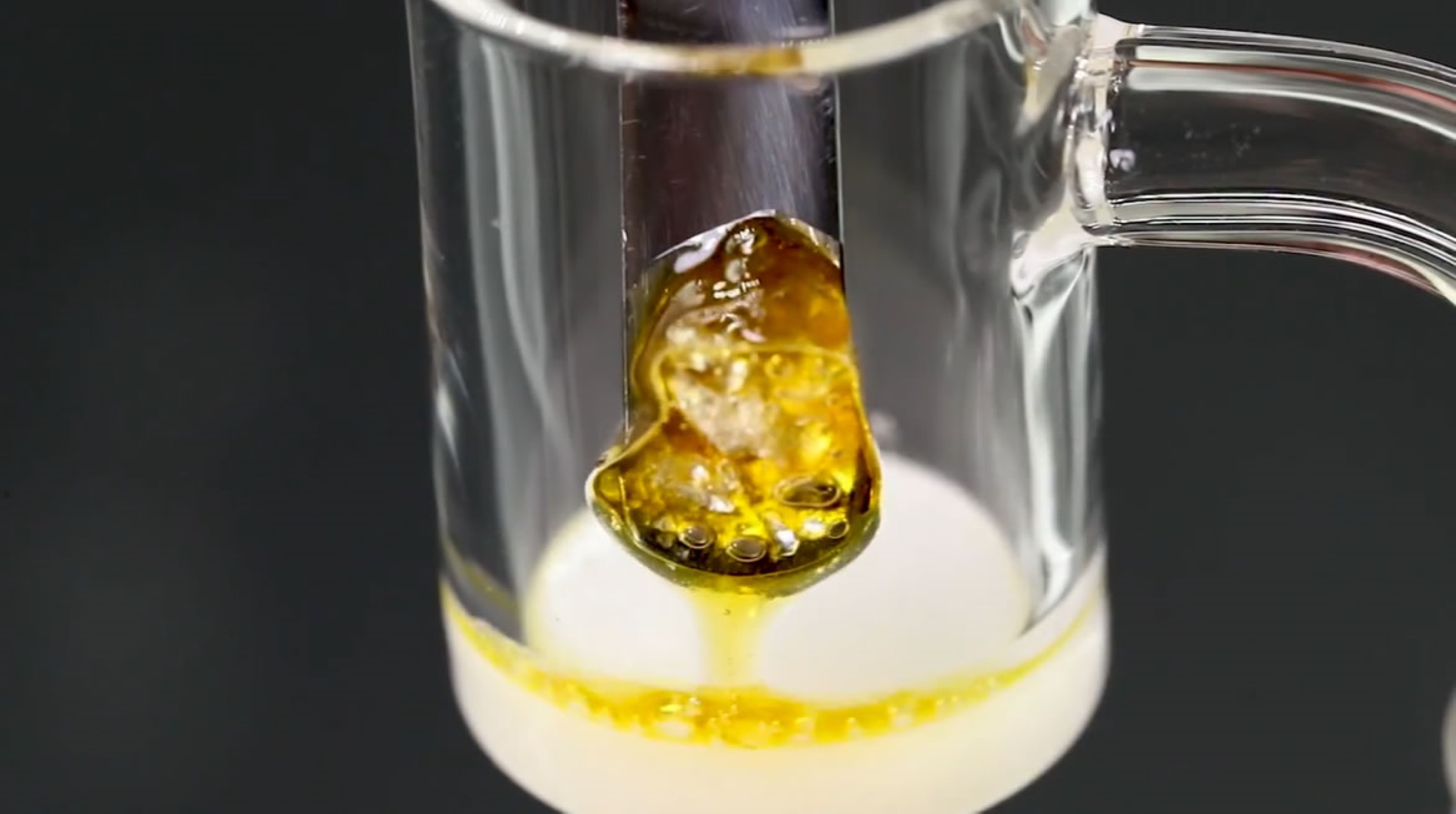
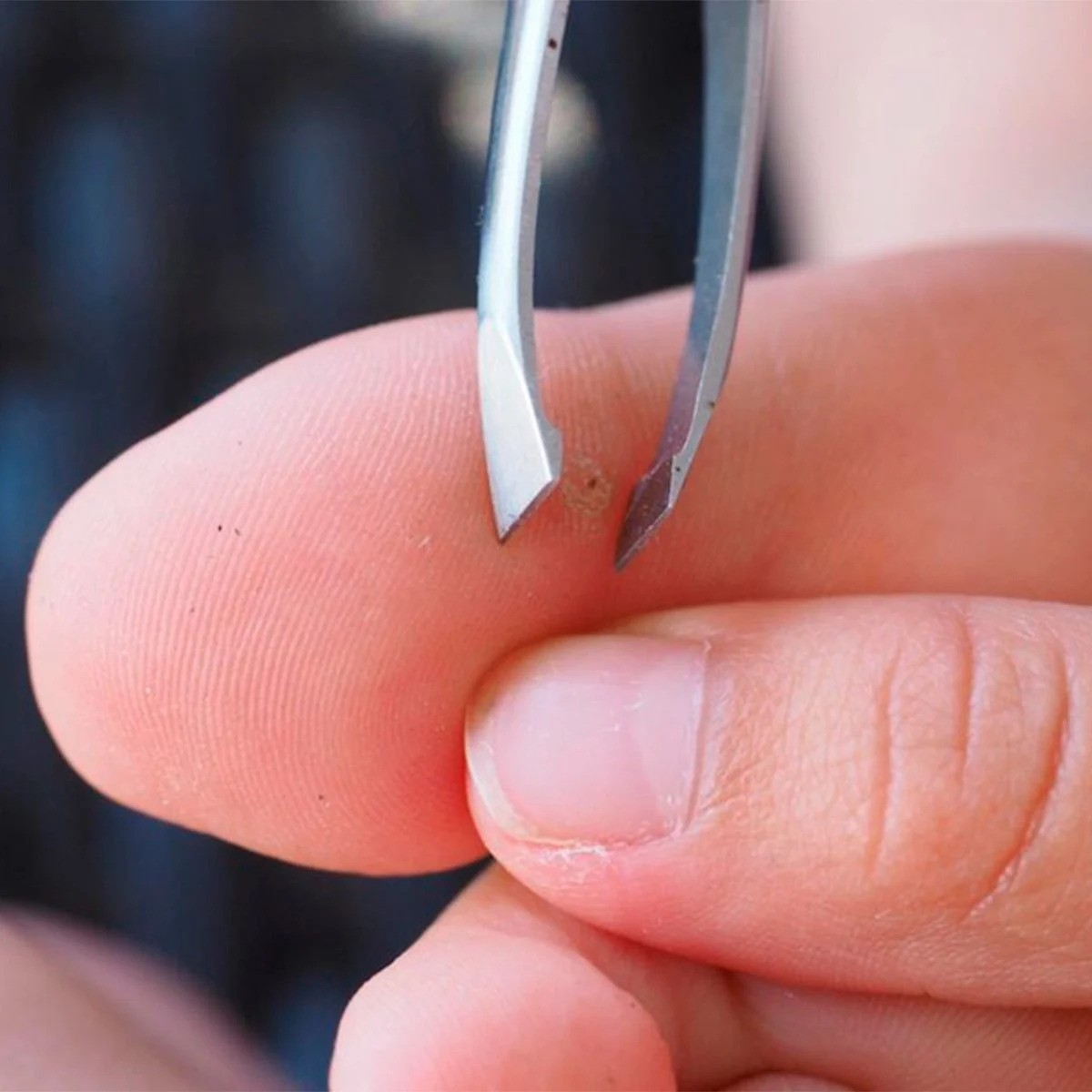
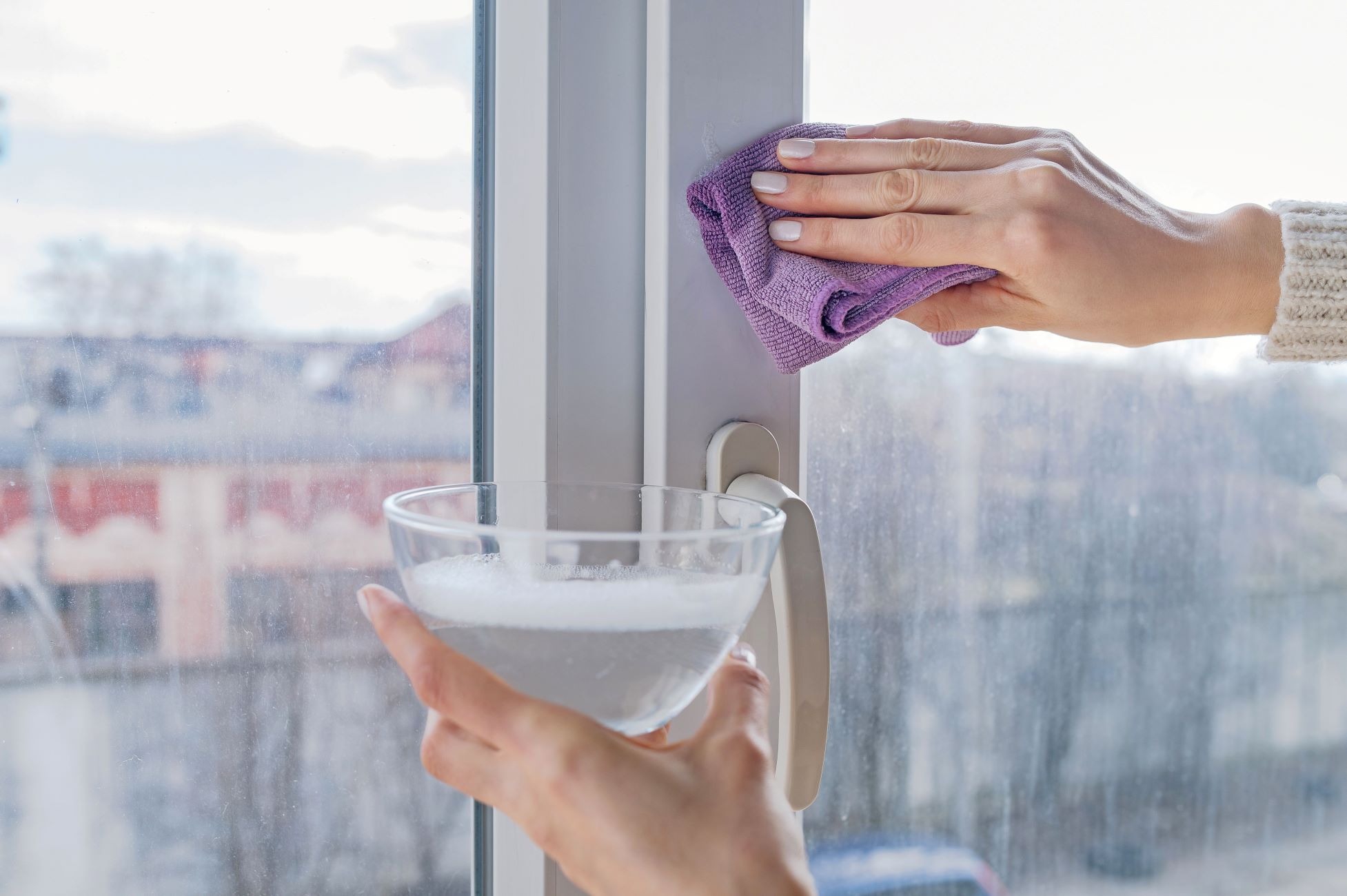
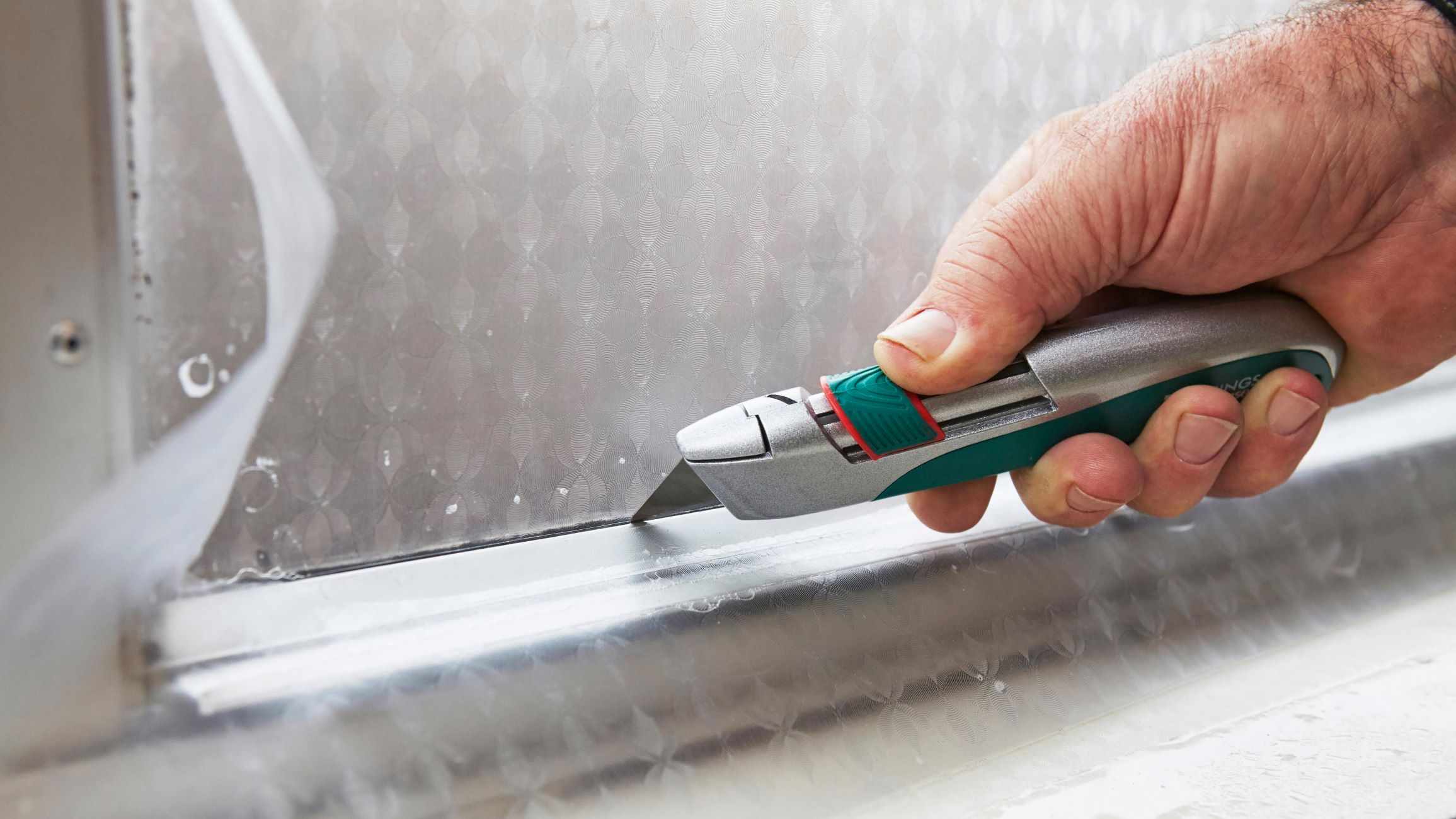
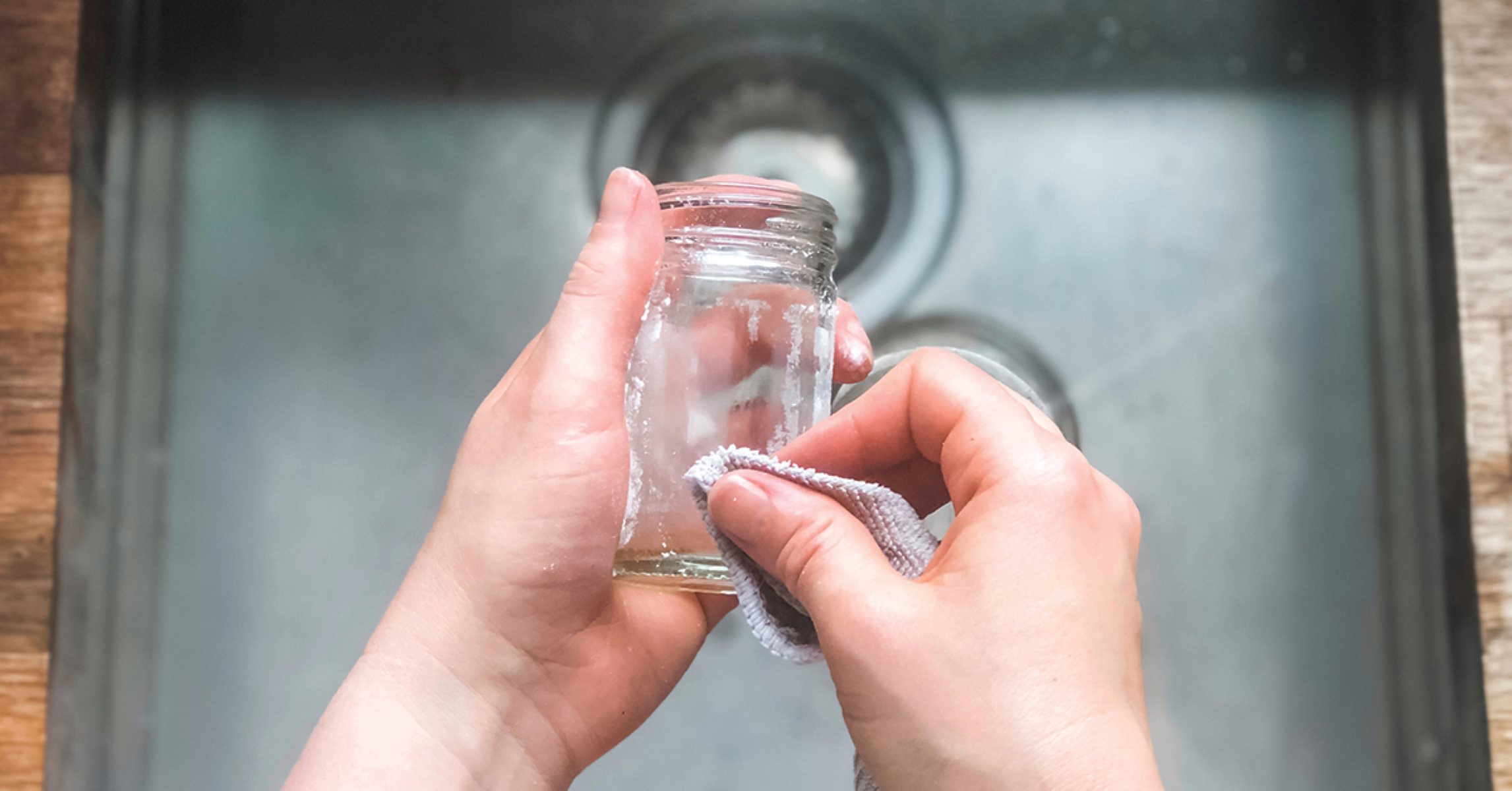
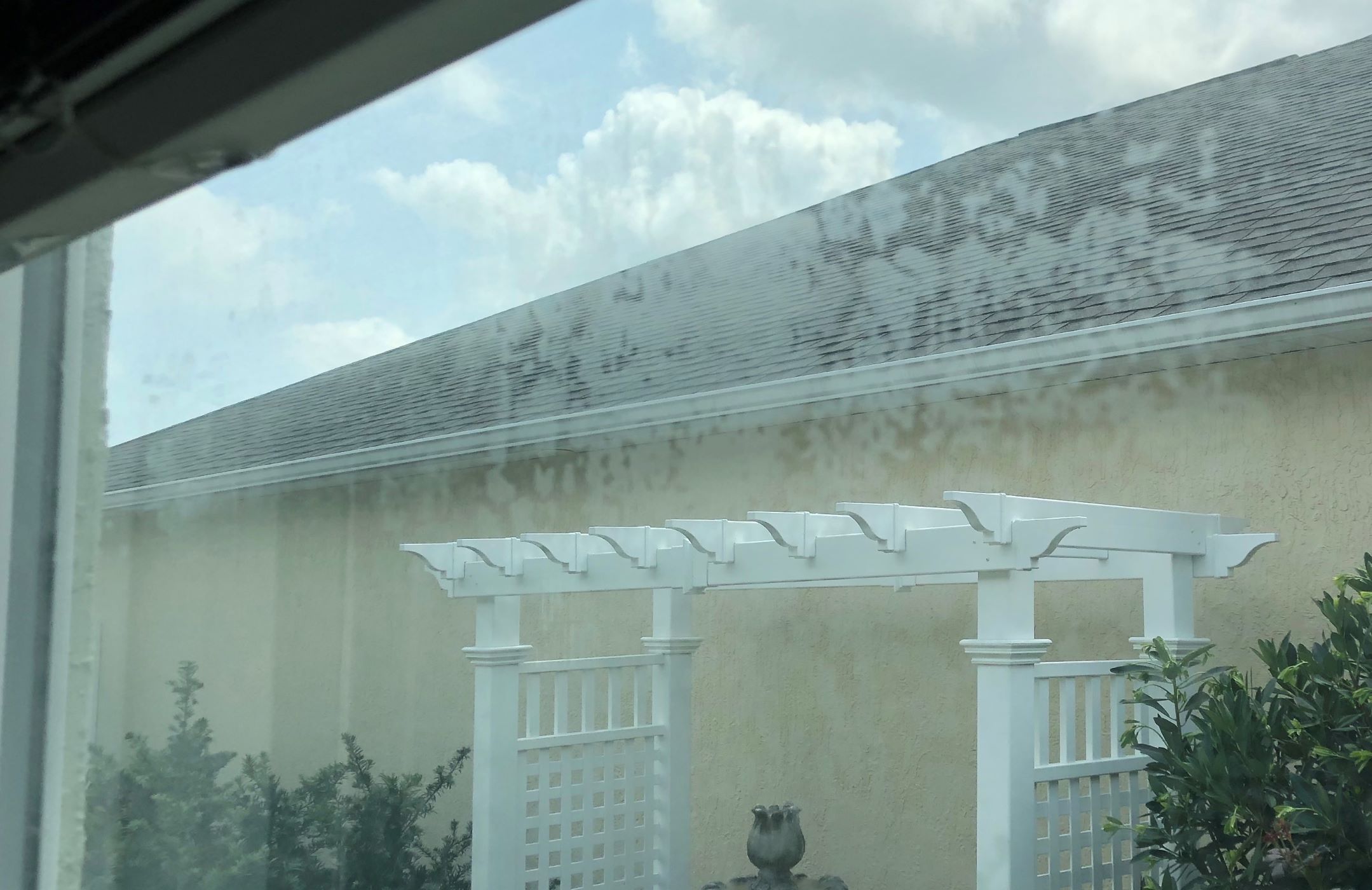
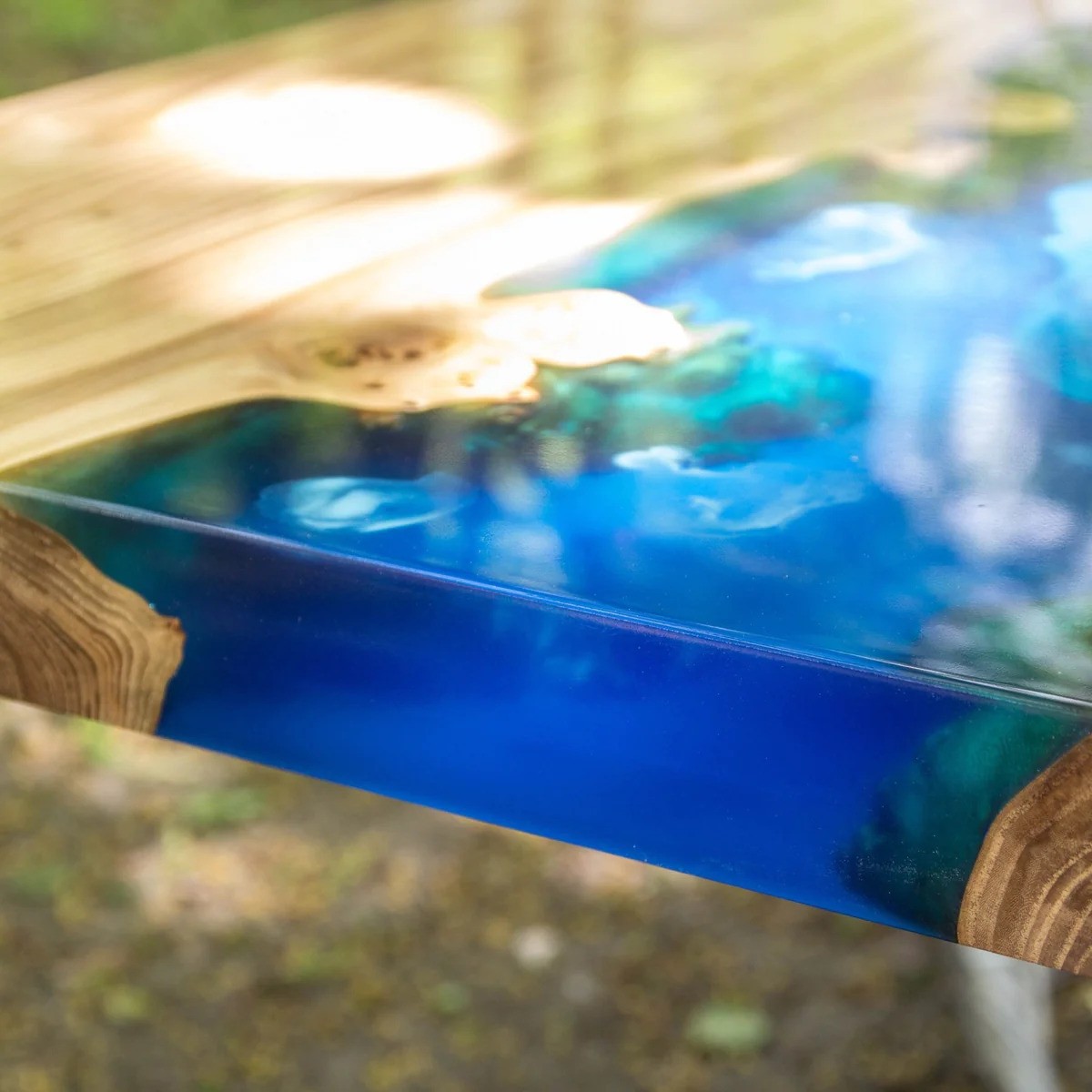
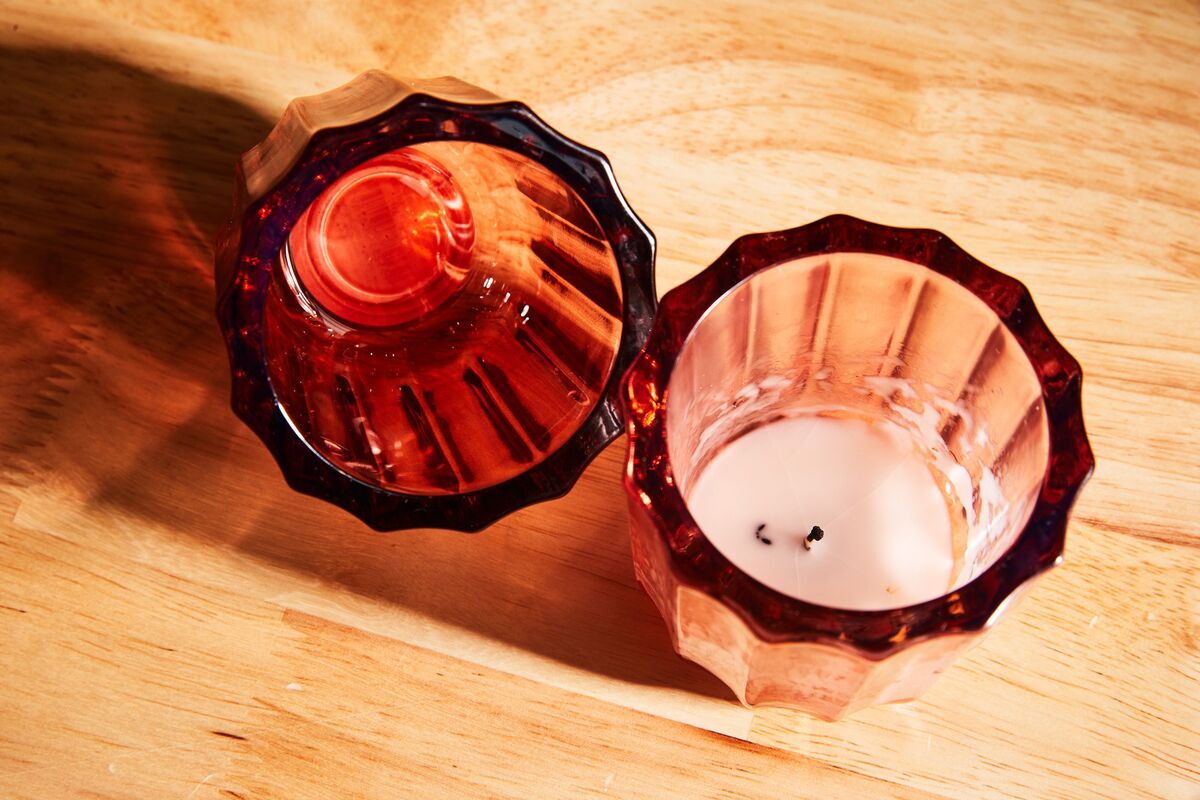
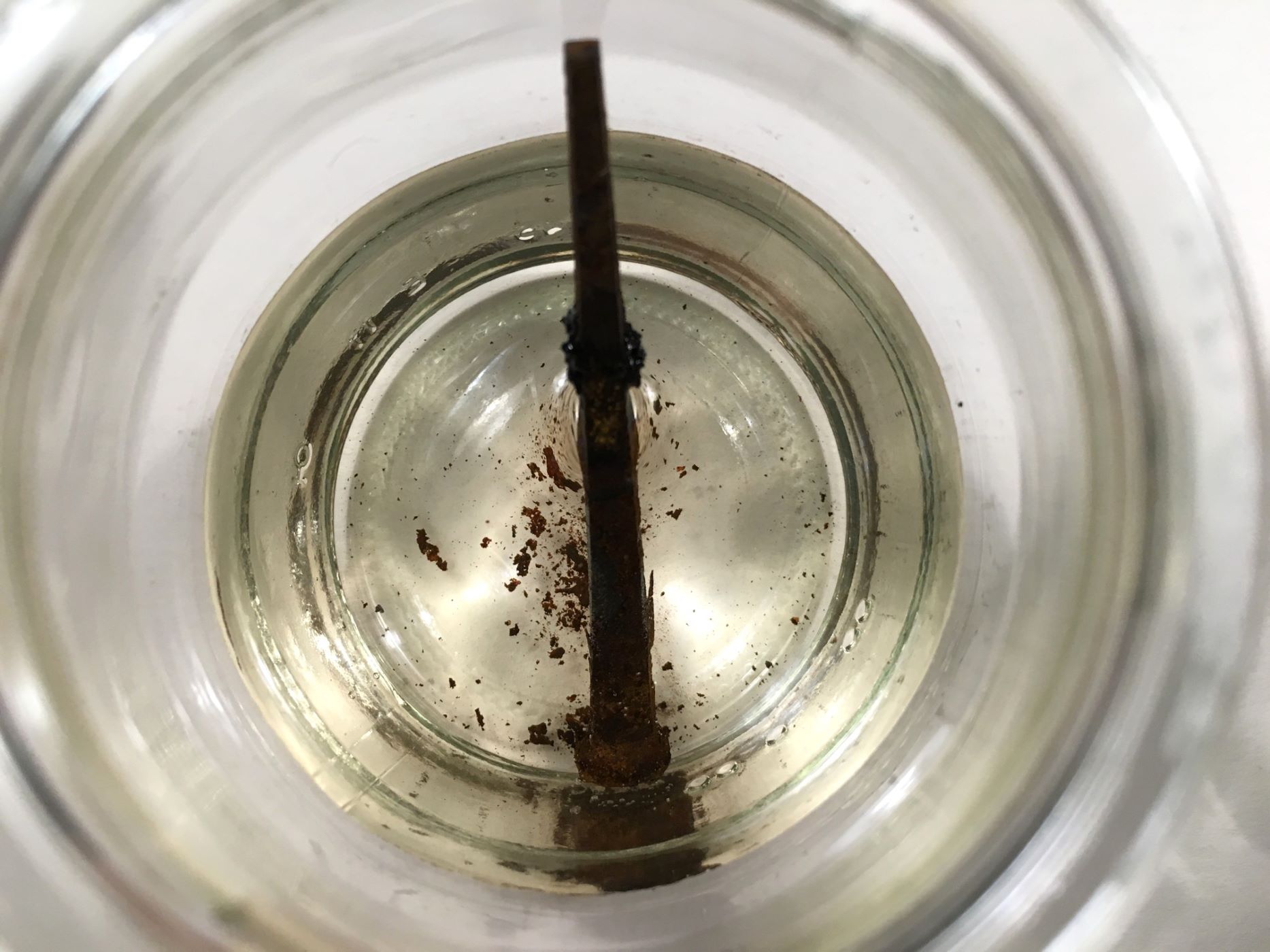
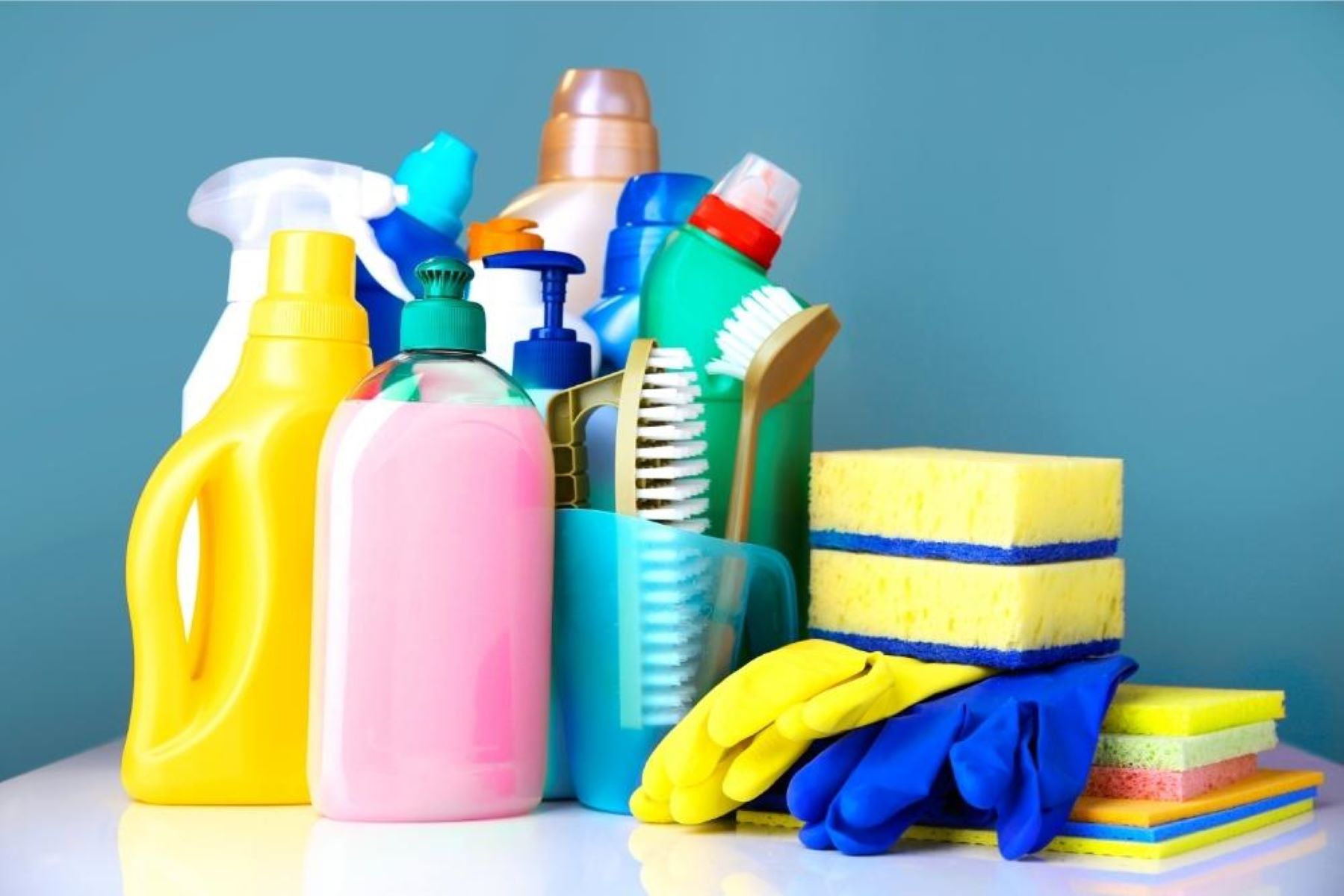
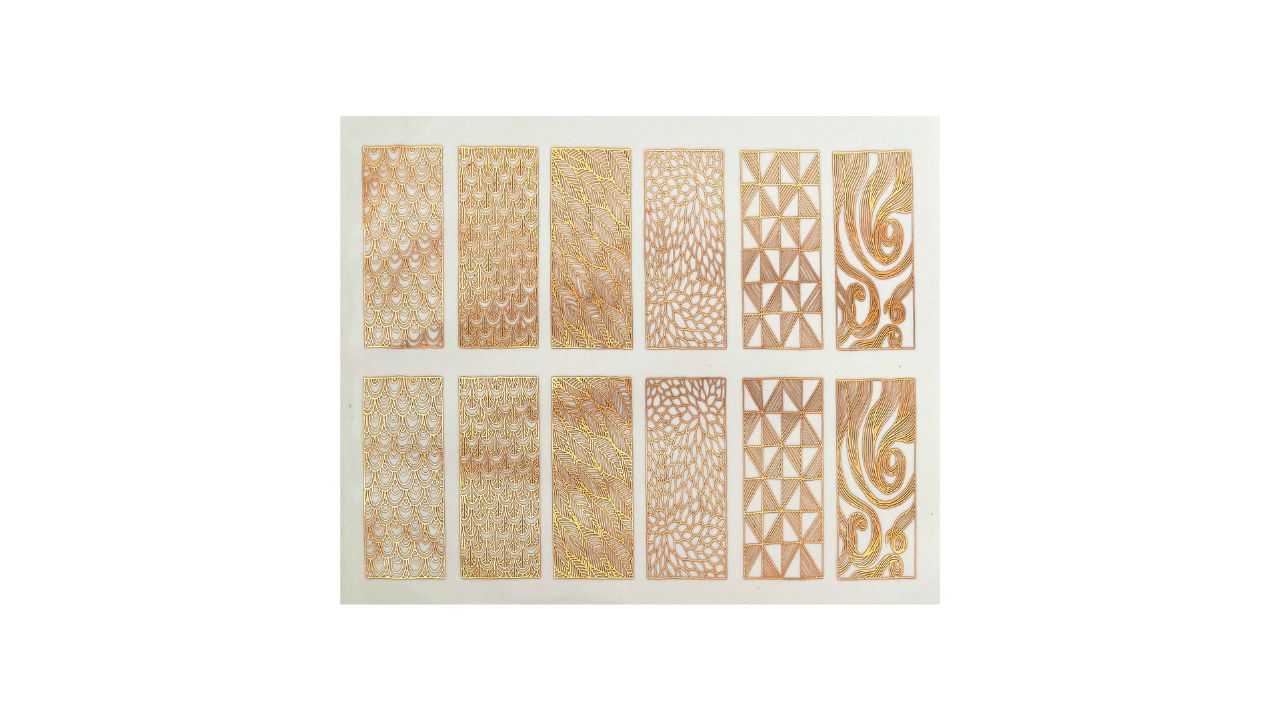
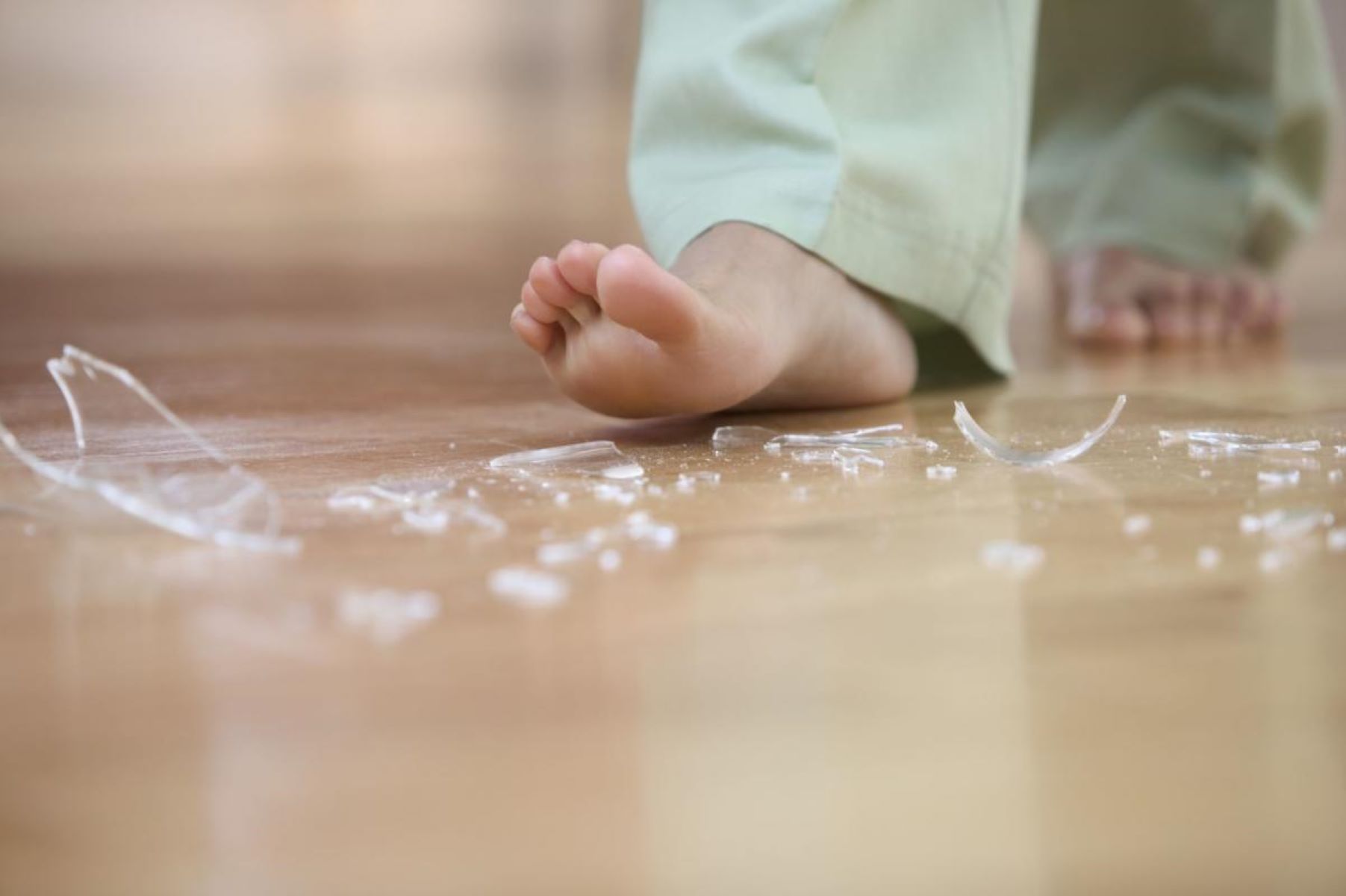

0 thoughts on “How To Remove Etching From Glass”